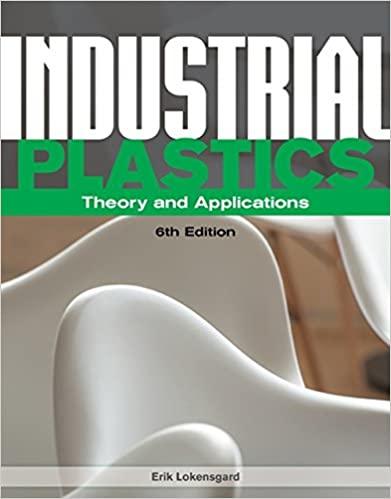Answered step by step
Verified Expert Solution
Question
1 Approved Answer
this is a correction opportunity to get some points back on this exam. it is not an active exam... please help The process starts with
this is a correction opportunity to get some points back on this exam. it is not an active exam... please help
The process starts with cheese whey, a liquid residue derived from cheese production, containing of total solids the remaining is water Throughout the exam, please consider the total solids as the sum of lactose, whey protein, and inerts residual fat, organic acids, and minerals The total solids within the cheese streams are made of lactose, protein, and inerts, all expressed on a dry basis. One thousand five hundred kg of cheese whey is subjected to a microfiltration system, where two streams are generated: whey retentate and whey permeate, from which whey protein concentrate WPC and lactose monohydrate are produced through a set of unit operations, respectively.
In the case of whey retentate, the microfiltration step recovered of the protein and removed of the lactose from the cheese whey, while the inerts found in the whey retentate is on a wet basis. The flow meter located in the whey retentate line consistently recorded a value that roughly corresponded to of the cheese whey. Then, the whey retentate is evaporated in a falling film evaporator to concentrate the whey retentate stream to a value of of total solids. Importantly, only water is removed during evaporation, and it was conducted at C and a vacuum pressure of inches Hg The concentrated whey retentate leaving the evaporator is fed in a spray dryer to obtain a powder of water content. A stream of dried and hot air is fed into the drying chamber at C and bar. The exhausted air leaves the drier at C and atm of pressure.
The other stream whey permeate derived from the microfiltration contains of lactose, and of protein from the cheese whey, while the concentration of inerts is Then, the whey permeate is concentrated in a falling film evaporator to obtain a saturated solution of lactose at C The evaporation was conducted at C and a pressure gauge of inches Hg The saturated solution of lactose is fed into a crystallizer, where the saturated solution is cooled down to C producing lactose crystals and the saturated solution. At C g of lactose are dissolved in g of water, while g of lactose are dissolved in g of water. The lactose crystals and the saturated solution at C are centrifugated to obtain a stream of wet crystals and a stream of lactose solution. The wet crystals of lactose are dried in a fluidized bed drier to obtain crystals containing water. The drying of lactose crystals is performed at C and a pressure of bars.
Please answer the following points:
Develop a flow diagram for the entire process points
Obtain the mass of WPC produced points
Obtain the volume of water removed in the evaporation during the WPC production points
Obtain the volume of air needed for the drying of WPC points
Obtain the mass of lactose crystals produced points
Obtain the volume of water removed in the evaporation during the lactose production points
Obtain the volume of air needed for the drying of lactose points
Obtain the yield of crystals produced with respect to the initial amount of lactose points
Demonstrate that the process yields a powder containing at least protein points
Step by Step Solution
There are 3 Steps involved in it
Step: 1

Get Instant Access to Expert-Tailored Solutions
See step-by-step solutions with expert insights and AI powered tools for academic success
Step: 2

Step: 3

Ace Your Homework with AI
Get the answers you need in no time with our AI-driven, step-by-step assistance
Get Started


